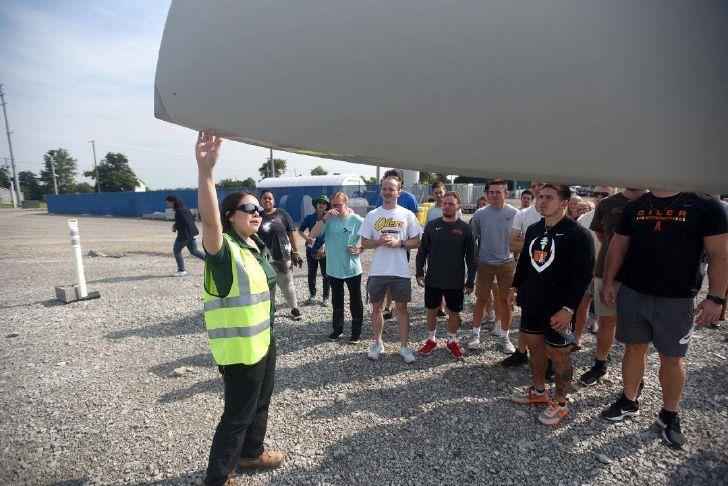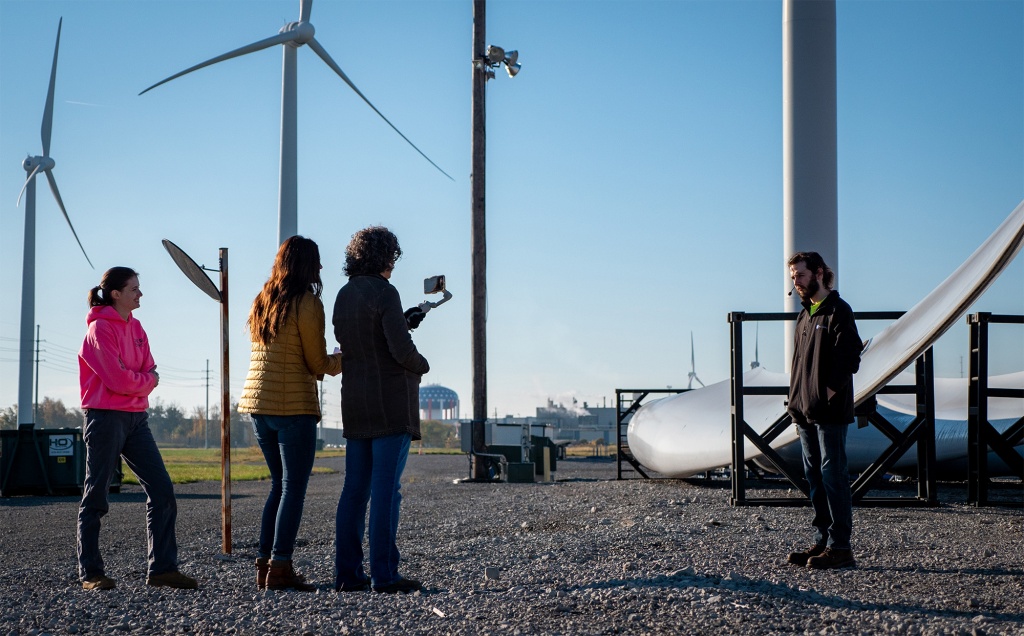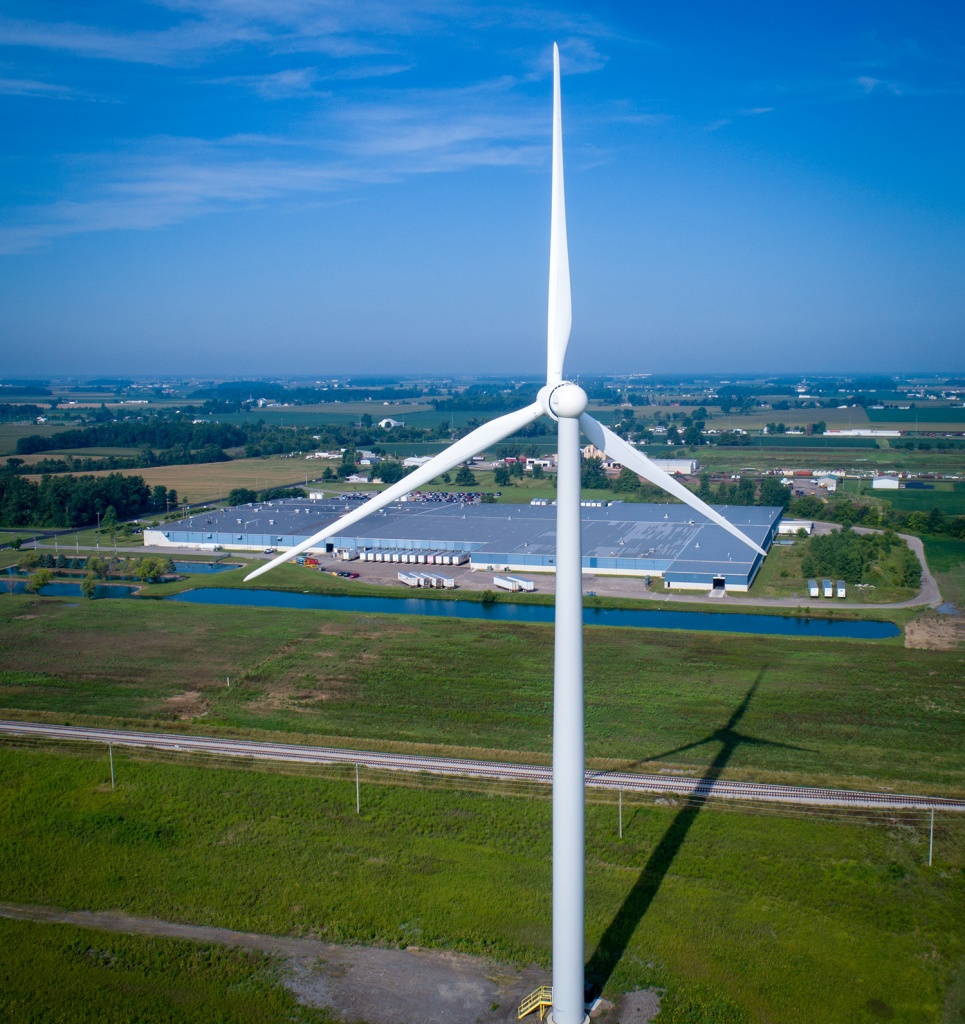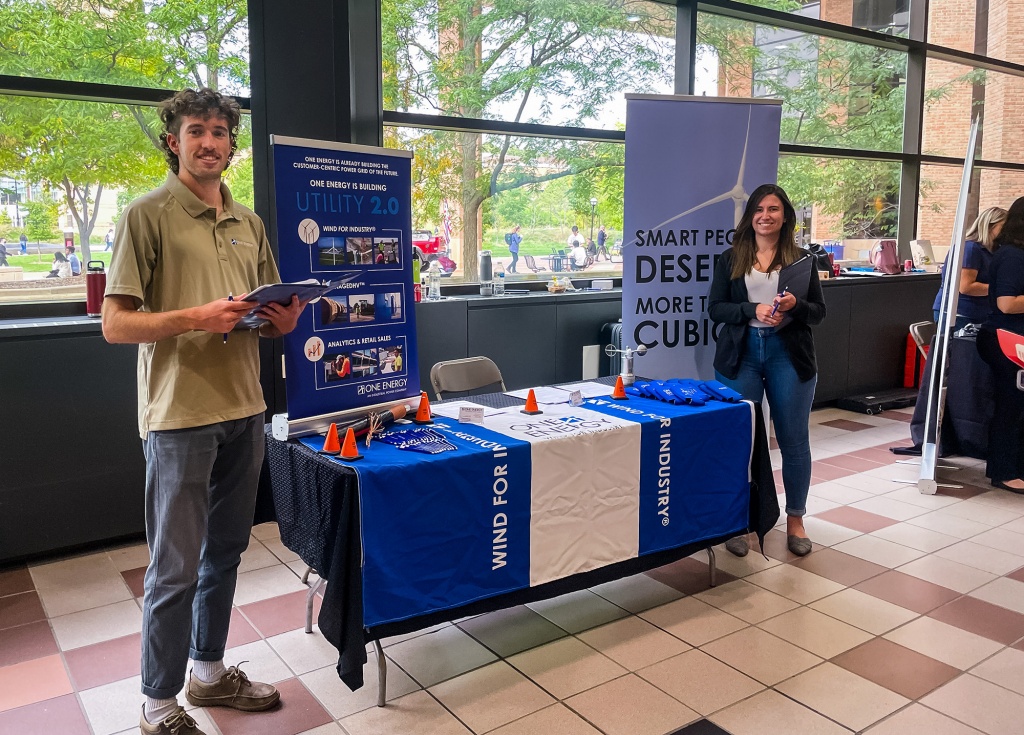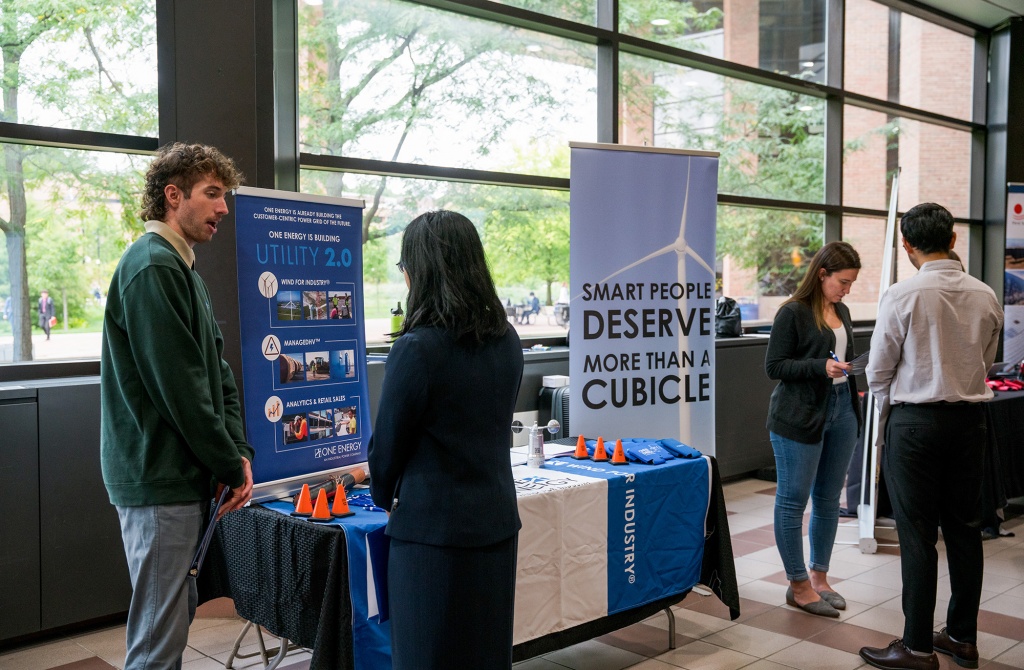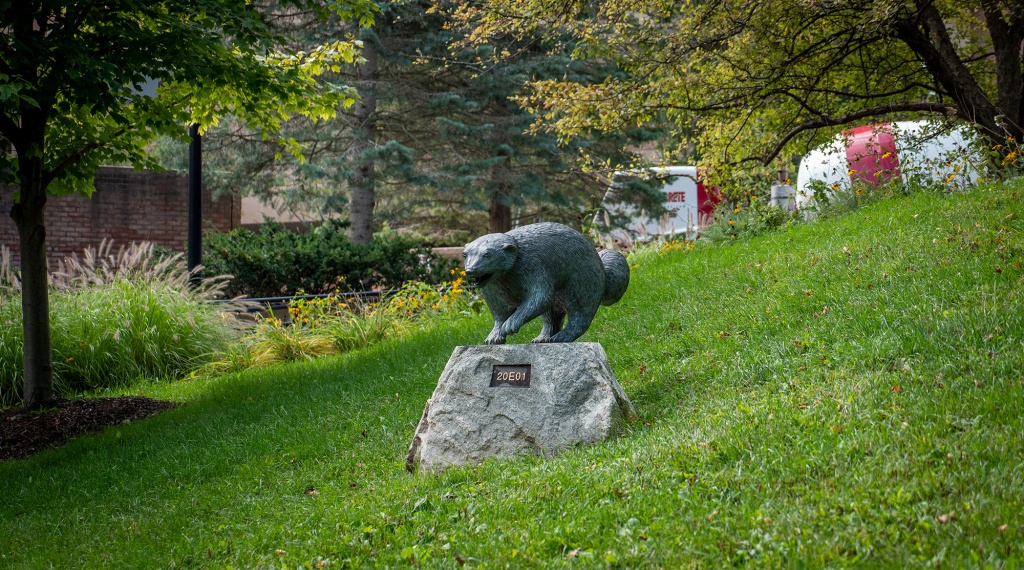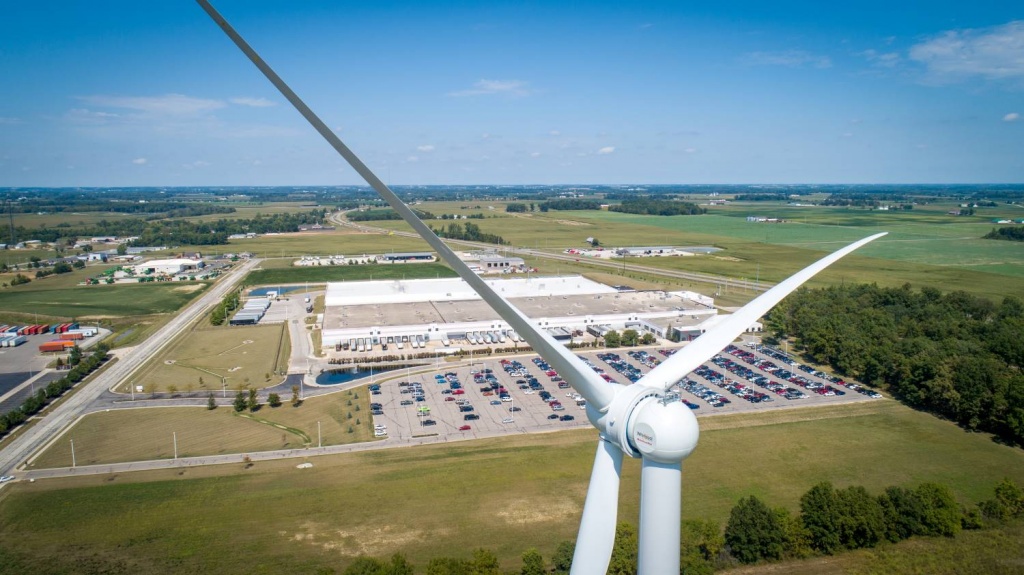Earlier this year, I had the privilege of attending the University of Oklahoma’s 130th Commencement Ceremony and watching my daughter receive her master’s degree. David Brooks, an op-ed columnist for The New York Times, was the Commencement speaker. He opened with the typical college graduation jokes that drew laughs even though they weren’t particularly original or unexpected. But then he launched into the meat of his speech, delving into the importance of “moral acts of kindness,” and I found myself pulled into his message to the graduates about going forth into the world with the goal of being illuminators, not diminishers.
In our lives as executives – and, quite frankly, as human beings – we have multiple opportunities each day to illuminate those with whom we work, and we probably have even more opportunities to diminish them. What does that really mean? The literal definition of illuminate is about shining a light on something. In this context, however, I’m really talking about brightening someone – building confidence; encouraging thought, inquisitiveness, and innovation; and helping someone feel better about herself when she leaves your office than she did when she arrived. It is the opposite of diminishing – making someone feel less impressive; feel less valuable and smaller; and causing him to leave with less confidence and fewer ideas than when he arrived. Shouldn’t it always be our goal to illuminate?
The ability to illuminate comes from a broad range of interpersonal skills. Are you the kind of person who can throw a party that results in every single guest feeling welcome and included? Congratulations! You have probably mastered the skill set!! But just because the skill set doesn’t come naturally to you, doesn’t mean you can’t learn it. Take a psychology class. Read a book about emotional intelligence (maybe more than one…). Engage in conversations that raise your level of self-awareness. Invite feedback on your words and actions and their impact on those around you. Explore works of fiction that enhance your understanding of differences and increase your empathy. Understand what “mindfulness” and “being present in the moment” truly entail. Brush up on your etiquette – that suggestion may sound silly, but remember that at the core of manners and “polite society” is the goal of establishing a set of guidelines that everyone understands, so that everyone feels comfortable.
Brooks shared an often-told story about Winston Churchill’s mother who had dined with both William Gladstone and Benjamin Disraeli when the two men were competing for the position of Prime Minister of the United Kingdom. After her dinner with Gladstone, Lady Churchill said she left the dinner thinking that Gladstone was the cleverest person in England. After sitting with Disraeli, however, she left feeling that she was the cleverest person! And that, in a nutshell, is the essence of illuminating. It is being fully present and intent upon the subject at hand. It is paying the kind of attention to someone that is a moral act of kindness.
Take the social skills that you’ve acquired to work with you every day, and use them to observe, to evaluate, and then to attend to the people around you. Those “good” ways of paying attention are the ones that illuminate people. Eliminate the things that can pull your focus from the person who came to see you – everything from turning off your phone and clearing your desk to putting your computer screens to sleep. Do everything you can to give that one person in your office one hundred percent of your attention. Build on your ability to offer the kind of attention that changes people in a fundamental way. As Mr. Brooks said, “Treat every person like they have an immortal soul.” These are the actions that can truly illuminate.
Imagine how your organization could be different if all your co-workers felt illuminated. Could there be a greater flow of ideas and a more noticeable willingness to bring divergent and creative thoughts to the table? Could feeling more respected and more highly valued result in greater employee retention? If all employees felt more confident, could they also feel more empowered to effect positive change? And perhaps, more importantly, could your illumination of one employee result in his illumination of others? The “tone at the top” can certainly be illuminating. Unfortunately, it can also be diminishing. As executives, we have a significant role in setting the dimmer switch to the right spot, and I would argue that we have both a business and a moral responsibility to set it to “high.”
I love commencements. I love the pomp and the circumstance, the fanfare and the celebration, and the music and the academic regalia. I, of course, also love playing the proud parent and celebrating my kids’ accomplishments. Mostly, and much to the dismay of my children, I love the commencement speeches. I love the idea of trying to send new graduates out into the world with a goal. I was impressed with the University of Oklahoma, particularly with their integration of Oklahoma’s rich Native American heritage into their commencement ceremony. But I was especially touched by their outreach to first-generation college students who comprise 25% of their undergraduate population. I can only hope that those students are greatly illuminated by their experience at OU, so much so that they can go out into the world and shine their light on others. There is no doubt that the world – and probably your workplace – needs illuminators. We need far more Benjamin Disraelis and perhaps fewer William Gladstones. As you approach your next meeting, make a mental note to be an illuminator. Do you have what it takes to be one?
Anne Bain is the Head of Accounting at One Energy.
Learn more about Anne and the One Energy team.











